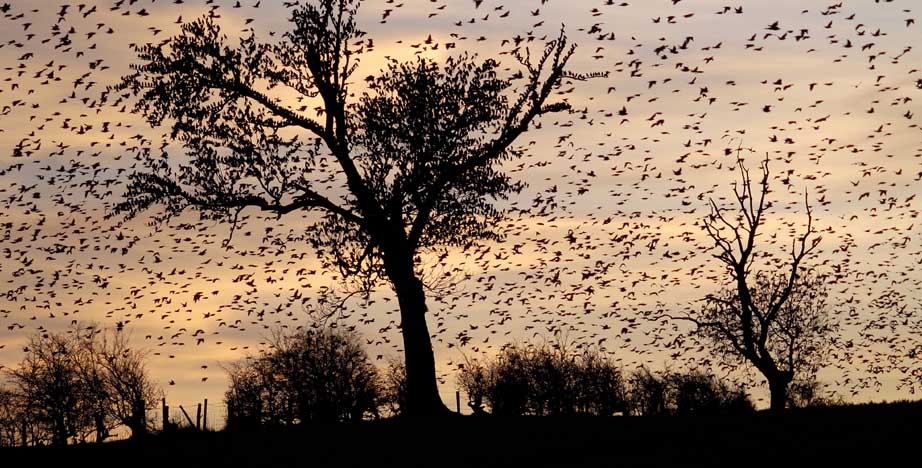
Masterclass
Moss Bay, Harrington
I’d thought of St Bees as my subject for this Masterclass assignment, but then my husband happened to see an exhibition of Jem Southam’s photographs Falling Clouds at the Lowry in Salford. He returned home enthusing in particular about the photos showing the artificial sea cliffs at Moss Bay, Harrington, created from slag of the former iron and steel industry. This was an excellent prompt and a few days later I was off to see for myself the contorted pale cliffs. Those, and all the eroded industrial remains strewn on the beach, turned out to be a photographer’s playground. Jem Southam’s work has a serious purpose, whereas I just responded to Moss Bay as a visually stimulating place. I made two errors Firstly by going on too bright a day and secondly by not going at low tide. This mattered in that more iron would have been exposed on the beach. Plus I wanted plenty of time in Moss Bay, but ran the risk of getting cut off by the tide. I certainly didn’t want to have to climb those cliffs to escape. They looked extremely unstable, and I thought it generally wise to keep well away from their base.
My approach, through a seedy underpass beneath the railway wasn’t reassuring, but I was soon absorbed in photographing the industrial wreckage along the immediate shoreline – some of it presumably now in place as sea defences. From a little distance the artificial slag cliffs looked a little like some of the south coast white chalk beaches, and it was only when seeing them at close quarters that the ‘chalk’ was recognisable as twisted and contorted slag, with strata of molten waste. All manner of unidentifiable remains were caught within the cliff face.
What I found particularly interesting was the way in which erosion had worked on these artificial cliffs, mimicking that of the natural coastline. I was continually doing double takes, having to look carefully to remind myself that this was a man-made slag landscape. Little arches and caves had been created by the action of the sea. The strata formations looked convincingly ancient. Large boulders on the beach, the result of obvious rock-falls, were sculpted into arty shapes, and lay in striking conjunctions with eroded rust coloured iron relics half sunk into the sand.
I don’t think the Cumbria Tourist Board is going to start marketing ‘The White Cliffs of the West’ anytime soon, but as a photographer I found them unusually rewarding. I don’t think I really did justice to the area in the time I was there. There’s going to have to be a return visit with time and tide on my side!
I was much taken with this multi coloured eroded slab of wall. At least I think that’s what it was! I tried dozens of photos, getting all excited when the rising tide started to cover it But none of them looked right except this one. The angle of view was better, showing it lengthways and leading the eye on to the slag cliffs in the distance. There’s a slightly surreal quality to the photo that I enjoy. I used photoshop to lighten the iron remnant in the foreground, and cropped out some sky to tighten the composition. I used my Nikon D200 with 17- 55mm lens. To maximise the depth of field, I used aperture priority set at f22, and focused on the cliffs using the single area AF. Incidentally, one little trick I sometimes use when composing is to depress the depth of field preview button. It’s not always helpful in showing what is in focus, but (and I know this isn’t its real purpose!) it does seem to give a rough indication of possible compositional problem areas like too much shadow or contrast.)
A pyramidal iron slag cast above the beach. I’ve cropped this heavily to create this strongly angled shot. I’m not sure if it works! But in such an unusual landscape a bit of experimentation is irresistible! Same technical details as for the main shot, but I focused on the cast – just to make sure!
Other Masterclass Articles
- All Masterclasses
- Ullswater Colour
- Ashgill, near Garrigill
- Stag versus ram
- Flower borders
- Midsummer in Mallerstang
- Humphrey Head
- Wordsworth’s daffodils, Glencoyne, Ullswater
- Roosting Starlings
- Rain and Snow
- Kirkandrews on Esk
- Bonfire Night
- Autumn Colour
- Arnside
- Moordivock - Stormy Weather
- Steam Train on the Settle to Carlisle line
- Loughrigg Tarn

